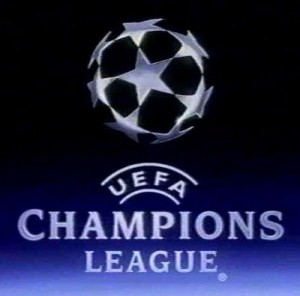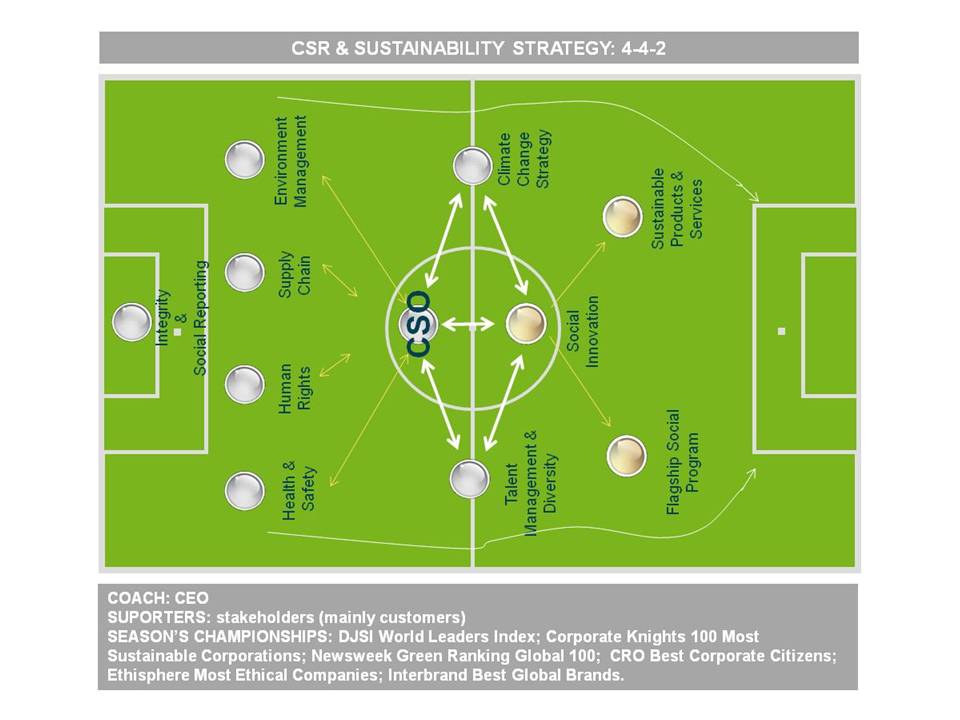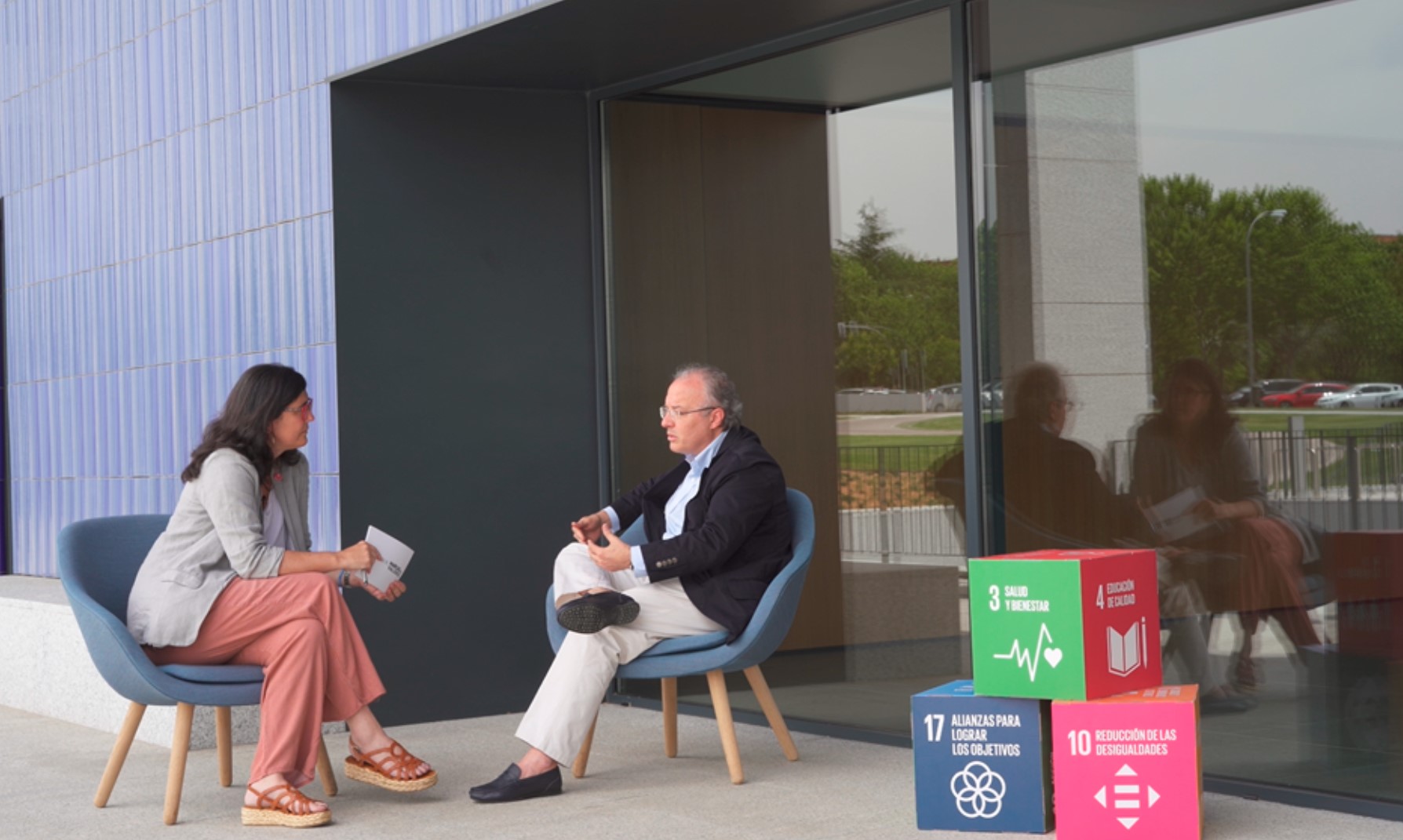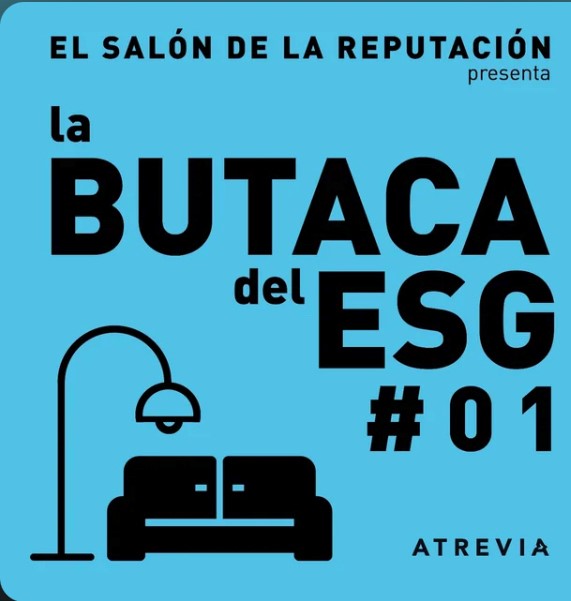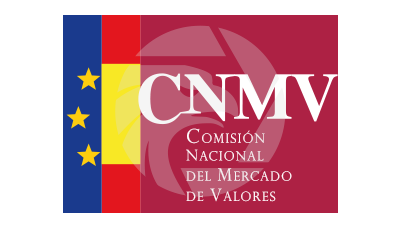El fútbol como metáfora de la RSC y la Sostenibilidad
Las metáforas son un buen recurso para explicar conceptos complejos. Y me temo que la RSC es uno de ellos. ¿Por qué? Porque, a fuerza de llenarla de contenidos (ética, diversidad, conciliación familiar, gestión ambiental, cambio climático, voluntariado, integración de las personas en riesgo de exclusión, patrocinios sociales, emprendimiento social, diálogo multistakeholder, transparencia, ISR, reputación corporativa, derechos humanos…), el resultado no ha sido el esperado: o no se entiende, o se ha entendido mal, asimilándola a la acción social o la filantropía.
Por eso, hace tiempo me pareció útil recurrir al fútbol como metáfora para explicar de forma simple la RSC (el fútbol une siempre mucho). El punto de partida era sencillo: “La clave del futbol es asegurar un buen equilibro entre la defensa y el ataque. De nada vale meter goles si al final el rival te mete más”.
¿Cómo aplica esta metáfora en la RSC? Pues igual de fácil: “La clave de la RSC está en mantener un equilibrio adecuado entre la gestión de riesgos (eso que se ha llamado “tener la casa en orden”) con la explotación de programas sociales”. De nada vale, por ejemplo, desarrollar programas de apoyo a la infancia si no eres capaz de gestionar la inexistencia de mano de obra en su cadena de suministros.
Y con esa idea en la cabeza, comencé a utilizar el fútbol como metáfora para explicar la RSC. Y salieron varias ideas:
- El portero de todo programa de RSC es el código ético y el modelo de reporte. Ambos aseguran la integridad y la medición.
- La defensa. Los centrales suelen ser los “jefes de la defensa”; por eso, en esta metáfora del fútbol, los Derechos Humanos y Cadena de Suministro aparecen en el centro de la defensa. En los laterales (y los buenos equipos suelen tener laterales que suben al ataque) figuran proyectos como la Salud y Seguridad Laboral y el Sistema de Gestión Ambiental.
- Los delanteros de un programa de RSC suelen ser los programas sociales y los productos y servicios con impacto positivo en la sociedad. Una mezcla de acción social y de negocio. Esta línea es la que hace los goles, la que tiene llenar portadas en los periódicos y, normalmente, en la que más dinero se invierte
- La línea del medio campo. He dejado esta línea para el final porque, en mi opinión, es la más importante del futbol porque garantiza, a la vez, la construcción del juego propio con la destrucción del juego ajeno.
En mi sistema de juego, he optado por un esquema de “rombo”, con un enganche ofensivo que suministra balones a los delanteros (la innovación social); y un par de interiores que atacan por las bandas (la estrategia de cambio climático y la gestión del talento y diversidad) que conectan la defensa y el ataque. Pero merece especial mención el medio centro defensivo, el papel reservado para el Chieff Sustainability Officer, (CSO), cuya responsabilidad es doble: jugar un poco por delante de la defensa para apoyarla (ayudar a impulsar proyectos vinculados a la gestión de riesgos) y conectarla con el ataque (especialmente con las unidades de negocio cuyos productos y servicios tienen un alto impacto social y que pudieran agruparse bajo la idea de innovación social). Si pudiera poner un ejemplo, en esta metáfora estaríamos hablando de jugadores como Busquets (F.C. Barcelona), o Xabi Alonso (Real Madrid); o futbolistas históricos ya como Fernando Redondo (Real Madrid y Milan); o el enorme Frantz Beckembauer (Bayer Munich).
En torno a este esquema de juego se desarrolla todo el potencial de la RSC y la Sostenibilidad. Veamos algunas pistas:
- Favorece el equilibrio entre la gestión de riesgos (evitar que nos metan goles) y la gestión de oportunidades en los ámbitos social, económico y ambiental (intentar meter goles).
- Se crean “pasillos” concretos de gestión. En este esquema de juego se conectan dos pasillos. Por un lado, el pasillo verde, que une los sistemas de gestión ambiental (pura defensa) con el desarrollo de una estrategia de cambio climático (balance) y con la puesta en el mercado de productos sostenibles (ataque). Por otro, el pasillo de la gente que vincula los temas de seguridad y salud (defensa) con la gestión de la diversidad (balance) y con la identificación de proyectos sociales que permitan incluir a colectivos en riesgo de exclusión (ataque).
- Aparece la figura del CSO, una especie de medio defensivo o libero (la posición que inventara el gran Frantz Beckembauer) en cuanto que unidad trasversal capaz de acelerar recursos y presupuestos de otras unidades en beneficio de un objetivo global vinculado a la sostenibilidad.
- Fuera del terreno de juego (1) El entrenador es el CEO, el tiene que mover todas las piezas. (2) Los seguidores son tus stakeholders, especialmente tus clientes. Y (3) los títulos a los que optas cada temporada son los siguientes: DJSI World Leaders Index; Corporate Knights 100 Most Sustainable Corporations; Newsweek Green Ranking Global 100; CRO Best Corporate Citizens; Ethisphere Most Ethical Companies; FTSE4Goods; Interbrand Best Global Brands.
Con este artículo quiero agradecer a David Connor, quien a través de su cuenta de Twitter (@davidcoethica ) daba a conocer un post titulado El equipo de Champions League de la RSC, en el que, muy amablemente, nos “nombraba” a Lucy Marcus (@lucymarcus) y a mí entrenadores de un gran equipo de estrellas de la RSC europea. Y quiero también agradecer a Tom Smith (@SedexTom ) que, con sus preguntas sobre la relación entre la RSC y el futbol, me dio pié a escribir este post.
In English
Football as metaphor of CSR and Sustainability
Metaphors are a good resource to explain complex concepts. And I’m afraid that CSR is one of them. Why? Because, by filling it with so many contents (ethics, diversity, family reconciliation, environmental management, climate change, voluntary, integration of people at risk of exclusion, social sponsorship, social entrepreneurship and multi-stakeholder dialogue, transparency, ISR, corporate reputation, rights human ...), the result was not the expected: or people doesn’t understand it; or people misunderstand it, assimilating CSR to social action and philanthropy.
So, some time ago I found useful to use football as a metaphor to explain in simple CSR. The starting point was simple: "In football, the key is to ensure a good balance between defense and attack. It is useless to score goals if you end the opponent gets you more".
How to apply this metaphor in CSR? Easily: "In CSR, the key is to keep a right balance between risk management (that is called "get the house in order") with the investment in social programs”. Ii would be stupid, for example, to develop support programs for children, if you can’t avoid child labor in the supply chain.
And with that idea in mind, I started to use football as a metaphor to explain the RSC. Here are some ideas:
- The goalkeeper of all CSR program is the code of ethics and sustainability reporting. Both ensure the integrity and the accountability.
- Defense. The centre backs are usually the "heads of the defense"; so, in this metaphor of football, Human Rights and Supply Chain appear in the center of defense. On the sides, wind backs (good teams usually have wings back who both defense and attack) include projects such as Health and Safety and Environmental Management System.
- The forward of a CSR program usually are social programs and products and services with positive impact on society. A mixture of business and philanthropy. This line, the forward, is the one who makes the goals, the one who filled the newspapers and covers, and the one in which clubs invest more money.
- The midfield line. I left this line to the end because, in my opinion, is the most important in football: this line assures the balance, create the football for his team, and destroy the game of rivals.
In my system, I opted for the scheme of "diamond", with an offensive midfield (social innovation) and two players on the wings (Climate Change Strategy and Talent management and diversity) that connect the defense and attack.
But special mention is required for the defensive midfielder, the role reserved for Chieff Sustainability Officer (CSO), whose responsibility is twofold: (1) to play a little ahead of the defense, to support them (promote projects related to risk management); and (2) to connect the game with the attack (especially with the business units whose products and services have a high social impact and could be covered under the umbrella of ??social innovation). If I could give an example, in this metaphor, I would be talking about players like Busquets (FC Barcelona), Xabi Alonso (Real Madrid), or historical players like Fernando Redondo (Real Madrid, Milan) and Beckembauer Frantz (Bayer Munich).
I think this metaphor and this strategy reveals the whole potential of CSR and Sustainability. Here are some clues:
- It enhances the balance between risk management (put us prevent goals) and management opportunities in the social, economic and environmental (try to score goals).
- It creates "corridors" for specific management issues. On one hand, the green corridor: environmental management systems (pure defense), links with the climate change strategy (balance) and with the sustainable products & services launched to the market (attack). On the other hand, the people corridor: health and safety issues (defense), links with diversity management (balance) and with projects for inclusion of social groups at risk of exclusion (attack).
- It enhances the figure of the CSO, a sort of half libero or defensive midfield (position to invent the great Frantz Beckembauer) as a figure with transversal responsibilities and with the ability to push resources and budgets of other units on behalf of sustainability.
- Beyond the field. (1) The coach is the CEO, he has to move all the pieces. (2) The followers are your stakeholders, especially your customers. And (3) the Championships in which you are playing are: DJSI World Leaders Index, Corporate Knights 100 Most Sustainable Corporations; Newsweek Ranking Global Green 100; CRO Best Corporate Citizens, Ethisphere Most Ethical Companies; FTSE4Goods; Interbrand Best Global Brands.
With this article, I want to thank David Connor, who through his Twitter account (@davidcoethica) was published a post titled The Champions League team of the CSR, which, very friendly, "name" Lucy Marcus (@lucymarcus) and myself as coachs of a team of European stars of the RSC. And I also want to thank Tom Smith (@SedexTom): his questions about the relationship between CSR and football, push me to writte this post.




